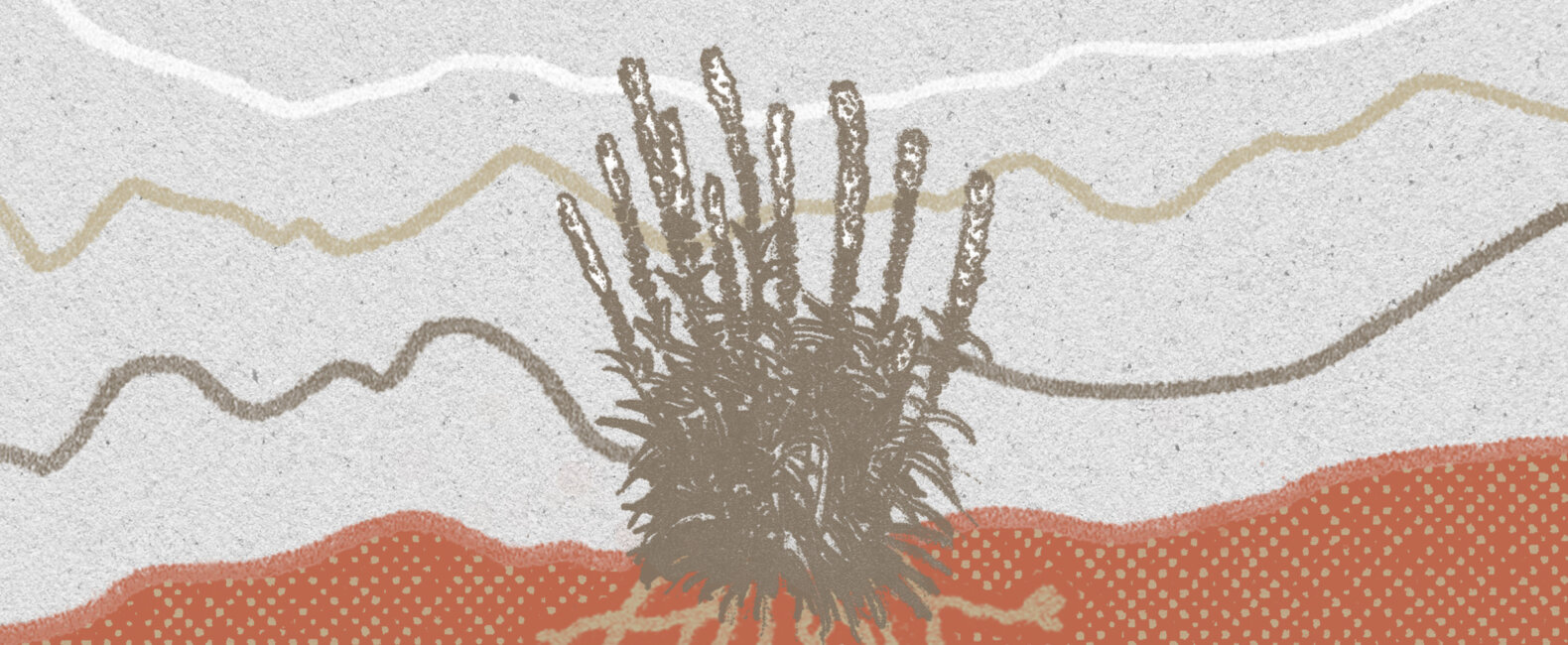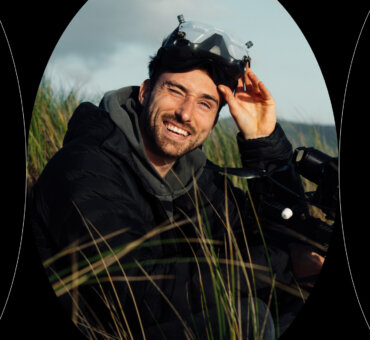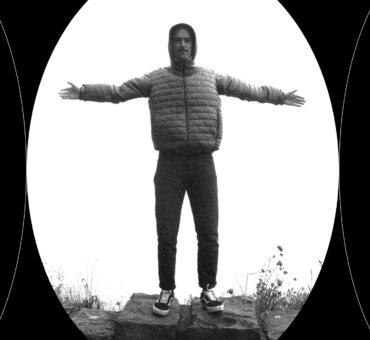It’s a dangerous time to be an artist. A couple times a year, the whole world appears to pick one artist to turn on. Maybe they mixed up some facts. Maybe they misrepresented a subject. But, most often, it seems like artists are lambasted for stealing from each other. There are few things trolls love more than showing why something that seems original…isn’t. But with so much content flooding our world and minds right now, the line between inspiration and derivation has gotten blurrier than ever. How can we be influenced by great work without ripping it off?
Here are 5 suggestions.

1. CREATE WILDLY, POST CAREFULLY
There is nothing inherently wrong about ripping off someone else’s work. Many of us learned how to draw by tracing. On some level, all learning begins with mimicry. We’d be stunting our creative growth if we were too afraid to let ourselves re-create — even to the level of plagiarism — the work we love. The problem comes with publication. With posting. With passing off work as our own. We’re all so frantic to keep our social media presence alive that we often don’t take a step back to decide whether what we’re posting should really be posted.
Here are some questions you might try asking yourself about the next piece of work you want to publish:
- Are you proud of this piece of work?
- Will you respect the people who like it, or will you feel like you’ve pulled one over on them?
- Is this work, in some way, uniquely yours?
- If someone looks below the surface of this piece, what are they going to find?
At a time when so much work is derivative, it’s easy to assume derivation is okay now. It’s not. Mimic privately. And when it comes time to post something, post something worthwhile.
2. KNOW THE DIFFERENCE BETWEEN GOOD STEALING AND BAD STEALING
Nobody has tackled the issue of good stealing versus bad stealing better than Austin Kleon. In one of his most memorable illustrations in his now canonical book, Steal Like an Artist, Austin argues that good theft honors while bad theft degrades. Good theft studies; bad theft skims. Good theft steals from many sources; bad theft steals from one. Good theft credits the source; bad theft plagiarizes. Good theft transforms; bad theft imitates. Good theft remixes; bad theft rips off.
If you truly know the difference, it’s probably not stealing at all.

3. LEARN YOUR HISTORY
Sometimes — often, even — artists steal accidentally. They are unaware of their own influences, so rather than use them to create something new, they create something that’s been done before. It’s not malicious, just naïve. And the easiest way to prevent yourself from doing it is to become a historian of your craft. Lucky for you, filmmaking isn’t very old. Start from the beginning. See how it’s developed over time, which influences have led to the next, how different cultures have approached it in different ways. Not only will this research give you an invaluable perspective on your craft, but you’re guaranteed to find a wealth of inspiration in places few people are looking.
4. WORK FROM MEMORY
Our memories are fundamentally flawed. Some theories suggest that every time you conjure a memory, you are re-creating it. Copies of copies of copies. There’s a reason why eyewitness testimony is rarely credible. But, like aberrations in a lens, our memory has personality. As you consume diverse influences, dive into the history of your craft, and open yourself to unexpected inspiration, all of that will get processed through…you. And in that way, it will become your own. The trick is to not be too quick to re-create. You have to let your influences soak in. Mix together. Stew a bit. Then, when you want to re-create them, re-create from memory. It’s amazing how different your version will be from the original, once it’s worked its way through the aberrations of your mind.

5. BE AUTHENTIC, NOT ORIGINAL
It’s funny that in our attempts to be original, we often fall face-first into derivation. It’s like that old advice about skiing: If you focus on the tree, you’re going to hit it. Best, then, to let ourselves off the hook. We like the way filmmaker Jim Jarmusch puts it:
“Nothing is original. Steal from anywhere that resonates with inspiration or fuels your imagination. Devour old films, new films, music, books, paintings, photographs, poems, dreams, random conversations, architecture, bridges, street signs, trees, clouds, bodies of water, light and shadows. Select only things to steal from that speak directly to your soul. If you do this, your work (and theft) will be authentic. Authenticity is invaluable; originality is non-existent.”
Everything came from something else. Each one of us is the accumulation and culmination of everything we’ve ever seen. Embrace it. Stop worrying about being original. You just have to be authentic.





















































































